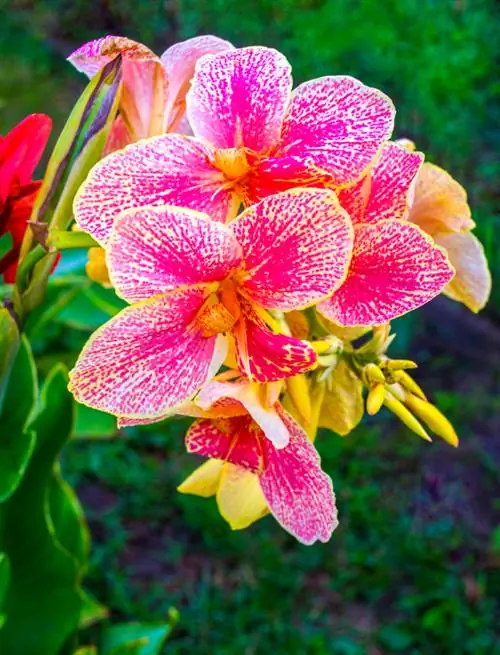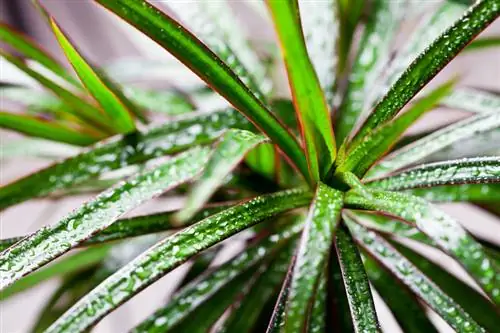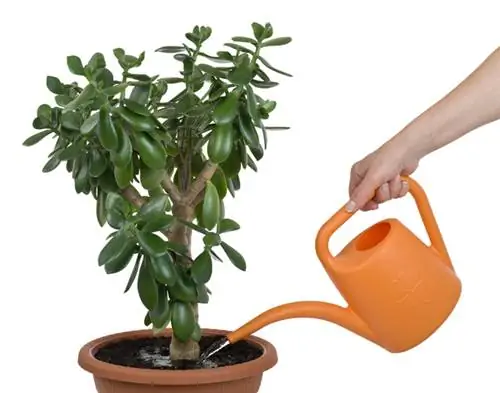- Author admin [email protected].
- Public 2023-12-16 16:46.
- Last modified 2025-01-23 11:20.
Among the citrus plants, a calamondin stands out with requirements that can be easily mastered even by beginners. Proper care is rewarded with a southern flair indoors and outdoors as well as edible fruits. If you still have questions about Citrus mitis, you will receive a compact and precise answer here.

How to properly care for a Calamondin orange?
Calamondin care includes: moderate watering with lime-free water, weekly fertilization with citrus fertilizer from May to August, reduced fertilization in winter, bright locations and overwintering in warm rooms with sufficient humidity. Cultivation is also possible as a houseplant or bonsai.
How to water a Citrus mitis?
The citrus plant is watered if necessary. Specifically, this requirement implies that the top 10 to 15 percent of the substrate should be well dried. Apply the lime-free water directly to the root disc until it runs out of the bottom opening. A moderate change between dryness and moisture determines the perfect water balance.
When and how does a Calamondin orange receive fertilizer?
The evergreen leaves, the beautiful flowers and the refreshing fruits require a lot of energy from your orange. The energy consumption is compensated for with fertilizer. How to fertilize correctly:
- Add liquid citrus fertilizer to the irrigation water every week from May to August
- From September to April in indoor cultivation, reduce the fertilizer application to intervals of 3 to 4 weeks
- Do not apply fertilizer during cool, dark winters
Compared to commercially available liquid fertilizers for flowering trees, special citrus fertilizers (€6.00 on Amazon) are perfectly tailored to the special requirements of Citrus mitis.
How do I properly overwinter a Calamondin?
Put the orange away early in the fall so that there are no significant differences between the outside and inside temperatures. The smoother the transition, the better the acclimatization will be. This is how you can overwinter your Citrus mitis he althy and vital:
- In a bright, sunny location on the windowsill or in the heated winter garden
- Consistently normal room temperatures
- Continue to water moderately without causing waterlogging or dryness of the bales
- From September to April, fertilize only every 3 to 4 weeks
Since dry heating air can cause leaf fall, please place humidifiers in the immediate vicinity of the Citrus mitis. Additionally fill the coaster with pebbles and water so that a little evaporating moisture constantly rises.
Tip
A Citrus mitis has made a name for itself as the only citrus plant that you can grow as a houseplant. In the bright, sunny location on the south window sill, the Mediterranean gem causes a sensation all year round. This works just as impressively in small rooms as bonsai.






